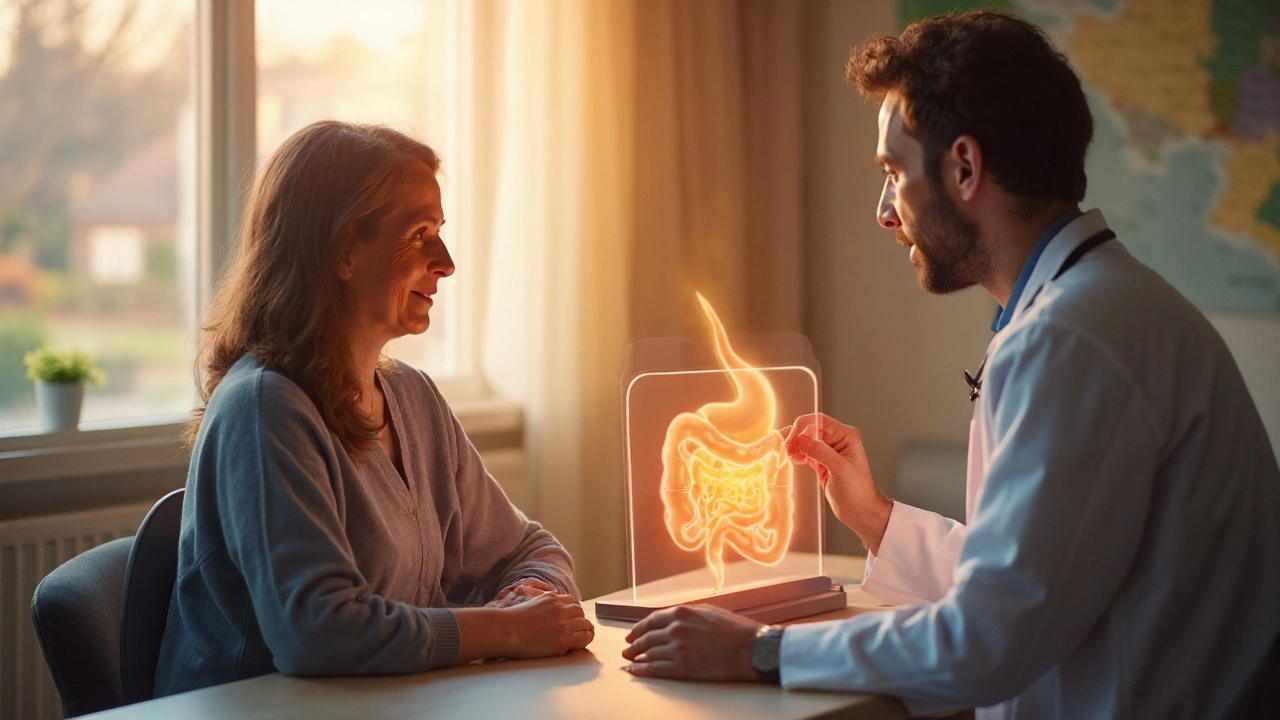
Polyposis and Gastrointestinal Bleeding: Causes, Risks & Management
Explore how polyposis leads to gastrointestinal bleeding, identify risk factors, and learn effective diagnostic and treatment strategies for patients.
If your doctor has mentioned a colonoscopy, you probably have a lot of questions. Will it hurt? How do you get ready? What happens afterward? This guide breaks down the whole process in plain language so you can walk into the appointment feeling confident.
The biggest challenge is clearing out your colon. A clean colon lets the doctor see the lining clearly and reduces the chance of missed spots. Here’s what most clinics ask you to do:
Most people find the prep uncomfortable, but it only lasts a day. If the taste of the laxative is a problem, chill it in the fridge or use a straw to skip the tongue.
On the day of the colonoscopy, you’ll be asked to wear a gown and lie on your side. A nurse will give you a mild sedative through an IV. You’ll feel drowsy but stay awake enough to follow simple directions.
The doctor inserts a thin, flexible tube with a tiny camera into your rectum. The tube gently advances through the colon, sending images to a monitor. The whole scan takes about 15‑30 minutes. If the doctor spots polyps or abnormal tissue, they can remove it right then using tiny tools passed through the tube.
After the procedure, you’ll stay in a recovery area until the sedation wears off – usually 30‑60 minutes. You might feel a bit bloated from the air used to expand the colon, but that goes away the same day.
Key points for recovery:
Most people report little to no pain and return to daily activities the next day. The test is a powerful tool for spotting colon cancer early and removing polyps before they turn malignant.
Speaking with your doctor about any anxieties, asking for a clearer explanation of the prep, or requesting a different sedation option can make the experience smoother. Remember, the goal is to keep you healthy, and a colonoscopy is one of the best ways to do that.

Explore how polyposis leads to gastrointestinal bleeding, identify risk factors, and learn effective diagnostic and treatment strategies for patients.